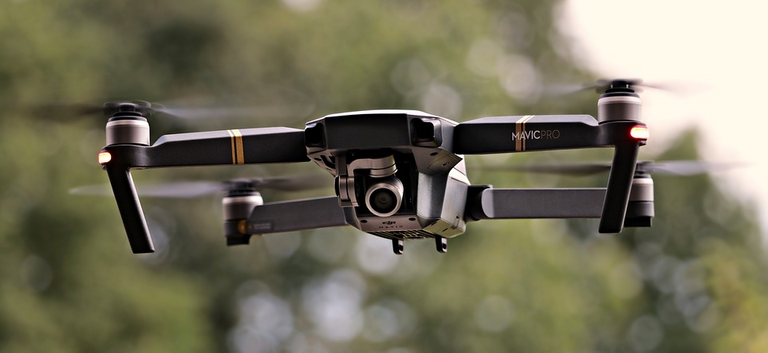Science and technology micro-summaries for July 20, 2019
IEEE Spectrum's weekly selection of awesome robot videos; Verizon 5G hotspot costs about $650 plus $85 per month; Google suspended work on China's censorship-enabled search engine; A superconducting material for higher-efficiency neural networks; Some mathematics involving infinite sequences and series
Straight from my RSS feed:
Links and micro-summaries from my 1000+ daily headlines. I filter them so you don't have to.
- Video Friday: This 3D-Printed Micro-Robot Could One Day Walk Inside Your Body - This week's post includes a tiny 3D printed robot that uses vibration from actuators, ultrasound, or even stereo speakers to power motion and could eventually be used to repair injuries inside the human body; A drone that aims to combine the efficiency of fixed wing flight with the stability of multiple rotors; Another video from the robocup (see Science and technology micro-summaries for July 18, 2019 for more) - this one shows a robot doing household tasks like serving drinks and scrubbing a toilet; Obstacle avoidance by Centauro, a robot with wheels and legs; and several others.
Here is the video of Centauro:
In order to help make Steem the go to place for timely information on diverse topics, I invite you to discuss any of these links in the comments and/or your own response post.
About this series
Note: Sharing a link does not imply endorsement or agreement, and I receive no incentives for sharing from any of the content producers.
Follow on steem: @remlaps-lite, @remlaps
If you are not on Steem yet, you can follow through RSS: remlaps-lite, remlaps.
Thanks to SteemRSS from philipkoon, doriitamar, and torrey.blog for the Steem RSS feeds!
0
0
0.000
0 comments
